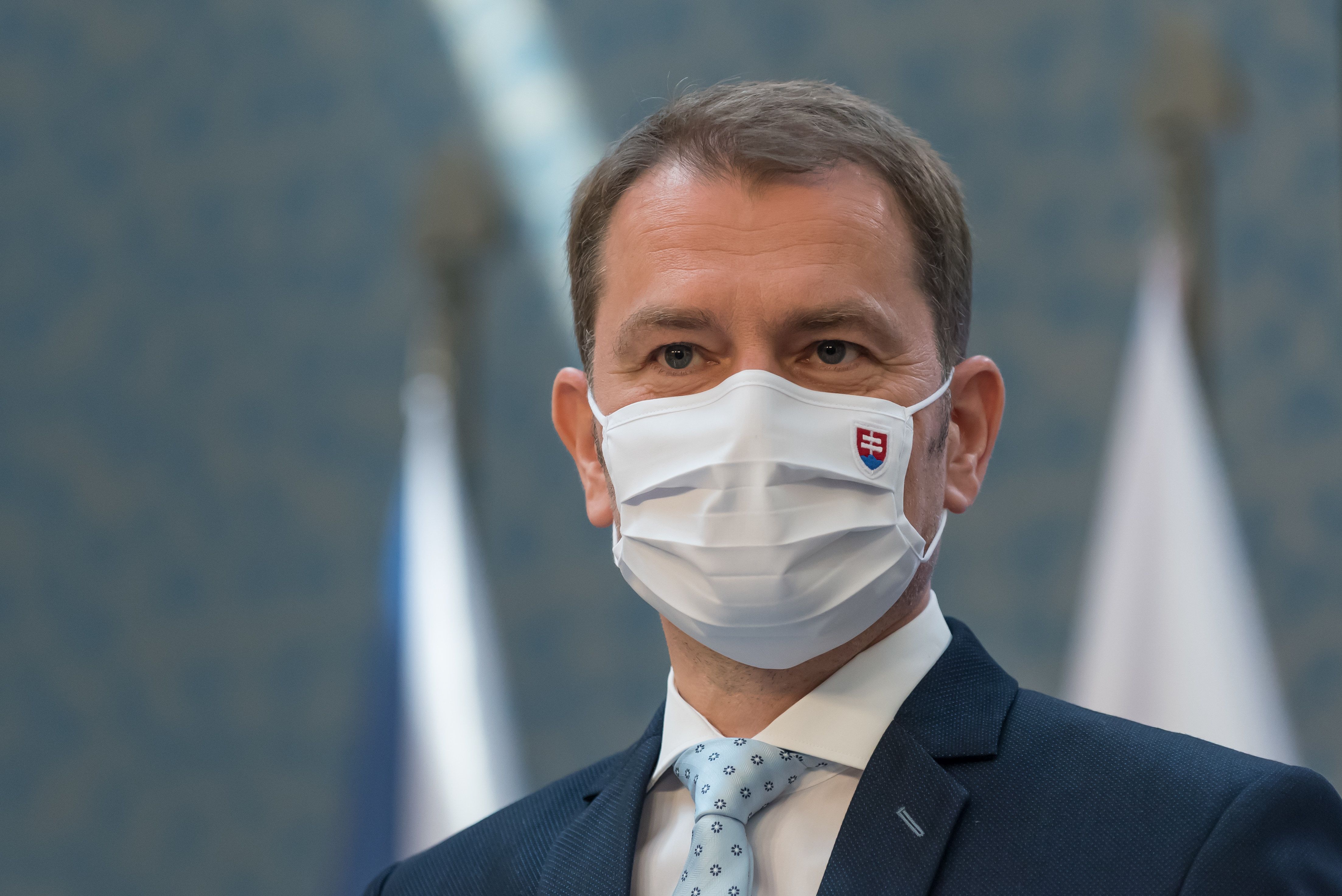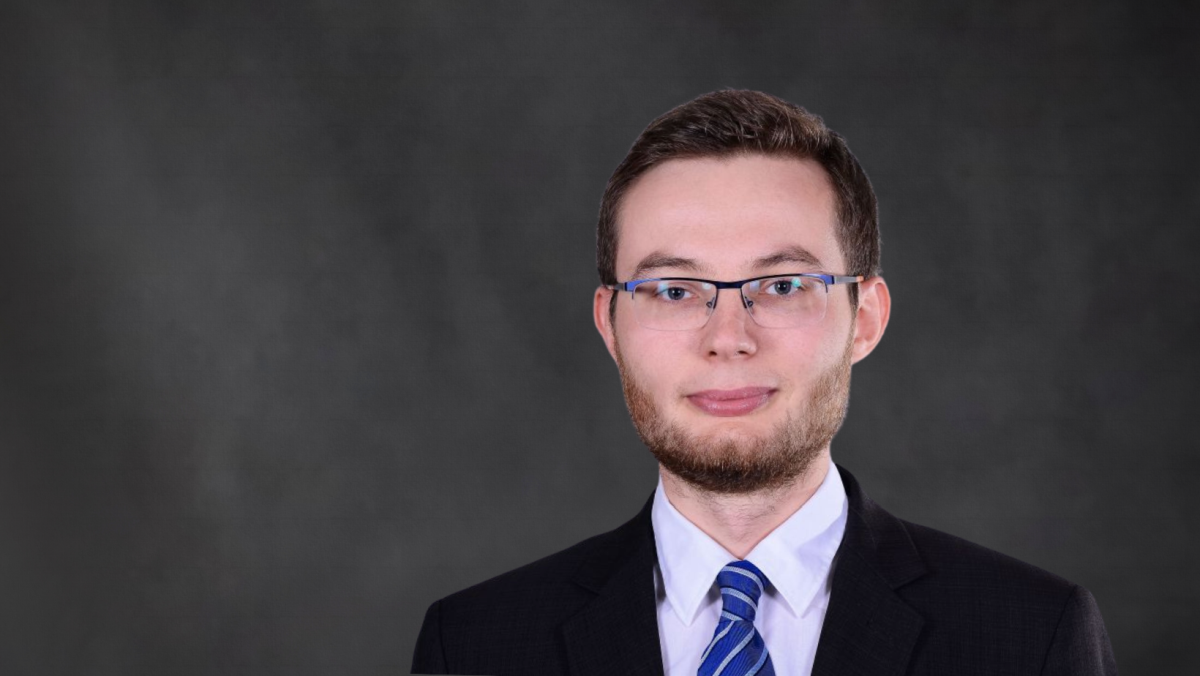Slovakia’s Fight against the Pandemic and the Effects on the Economy

Slovakia was the last EU country to hold parliamentary elections before the pandemic was declared on 11 March by the World Health Organisation (WHO). The situation did not hinder the establishment of Matovič’s cabinet on 21 March, consisting of his party, Ordinary People and Independent Personalities (OĽaNO), marked by an inconsistent economic profile, the pro-social welfare We Are Family, the liberal Freedom and Solidarity (SaS), and conservative For People.
Controlling the pandemic
In Slovakia, the number of infections and deaths caused by COVID-19 is the lowest in the EU. As of 7 July, Slovakia has registered since the outbreak 1,765 infections (32.4 per 100,000 residents) and 28 deaths (0.5 per 100,000 residents). The last of these occurred in mid-May following the highest daily increase in infections—116 cases—in mid-April.
The suppression of the virus has been the result of policymakers’ strong reactions to the situation. The outgoing government of Peter Pellegrini—like that in Czechia—mandated covering the mouth and nose in public places and the authorities joined in actions promoting the wearing of masks. Pellegrini's office was also one of the first in the EU to introduce wide restrictions (e.g., ban on mass events, closure of educational institutions, and gastronomic outlets). The low number of deaths in Slovakia was also influenced by the lowest percentage of population over 80 in the EU.
In view of the improving pandemic situation and deteriorating economic results, Slovakia has gradually lifted the restrictions. On 20 May, the fourth phase of easing restrictions entered into force, which allowed for the opening of cinemas, theatres, and shopping centres. On 13 June, a 90-day state of emergency ended, and the ban on assemblies was revoked on 10 June.
The Spectre of Recession
As a consequence of the pandemic and restrictions, Slovakia faced a deep fall in GDP (by 4.1%) in the first quarter compared to last year. According to the forecast by the European Commission (EC), the recession in this country in 2020 will deepen to 9.0%. The EC also estimates an increase in unemployment from 3.3% last year to 7.5% this year. According to Focus agency research from May, the state of the economy is the main concern of most Slovaks and is similar to their worries about the pandemic (45.4% and 46.3% respectively).
The pandemic has highlighted the Slovak economy’s dependence on its automotive industry, which generates 4% of its GDP and accounts for half of its exports by value. Meanwhile, production in this country was temporarily stopped by Volkswagen, Groupe PSA, Kia Motors, and Jaguar Land Rover, which was also caused by the slump in car exports, including to the U.S. and China. As a consequence, industrial production in Slovakia fell by 42% in April this year compared to last year (the most after Luxembourg and Italy in the EU).
National and European Economic Support
The ongoing recession and state economic aid to counter the pandemic’s effects have forced the Matovič government to revise its budget policy. The adopted aid measures included, among others, deferment of social security contributions and the possibility of shortening employees’ working time backed by state funding of their salary. The budget plan for this year prepared by Pellegrini's cabinet was exceeded in mid-May. Looking for savings, the current government announced withdrawal from the 13th retirement project, introduced to parliament by the previous cabinet just before the election. Abandonment of social programmes included in the government’s plan is opposed by the chairman of the National Council and leader of the We are Family party, Boris Kollár. Re-opening the economy has also been a challenge for coherent government policy. Careful in lifting the restrictions, Prime Minister Matovič was criticized by Deputy Prime Minister and Minister of Economy Richard Sulík (SaS) for acting against businesses.
Prime Minister Matovič sees the opportunity to mitigate the harm of the pandemic under the Next Generation EU mechanism. Slovakia could receive €7.9 billion in subsidies and €4.9 billion in loans, which would make it one of the largest beneficiaries per capita of the plan in the EU. Prime Minister Matovič declared this money would be used to finance digitisation and the green transformation. He also proposes flexibility and increasing the efficiency of spending: out of the €19.6 billion planned for 2014-2020, only €6.8 billion (35%) has been spent, which was the worst performance in the EU after Croatia, Spain, and Romania.
Cooperation with European partners
To limit the effects of the pandemic, Slovakia is using regional cooperation platforms, particularly the Visegrad Group and the Slavkov Triangle (Austria, Czechia, Slovakia). During the summit of V4 prime ministers in Lednice, Moravia, on 11 June, a joint proposal was agreed for guidelines in negotiating the Next Generation EU mechanism and MFF. The agreement was maintained on 3 July at the summit in Warsaw. The guidelines include opposition to the unemployment rate criterion, a proposal for flexibility in spending funds, and emphasizing the priority of spending on transport and energy infrastructure. In addition, Slovakia used its presidency of the Slavkov Triangle (ended 30 June) to coordinate the lifting of restrictions on crossing borders. The Slovak government decided to use this format (and not the V4) due to the high level of infections in Poland at that time, which has remained high compared to other countries in the region. This made possible Hungary’s participation in the meeting of Triangle foreign ministers on 5 June when the full opening of borders between the participating countries was announced.
The Slovak government hopes to improve the economic condition of the Union along with the German presidency of the Council of the EU. In budget negotiations it is counting on an endorsement from Germany, which has strong economic ties with Central Europe, including Slovakia (about 20% of its trade exchange). To counteract the economic crisis, in June the activity of the Slovak-German intergovernmental working group resumed.
Conclusions and perspectives
Thanks to the rapid response of the government and restrictive measures, the pandemic results in Slovakia are among the best in the EU. This has allowed the Matovič cabinet to focus on fighting the recession. Its course has highlighted the differences in the party’s economic profiles, and countermeasures have become the subject of disputes within the coalition. However, the government is not threatened because even if one of the smaller coalition partners drops out, it will maintain a parliamentary majority.
The role of the Slavkov Triangle has increased in Slovakia's foreign policy. This format was important in coordinating the border regime and may remain so in the event of a possible worsening of the pandemic. This cooperation may also contribute to the coordination of sectoral and economic activities during the recovery from the recession. This has been signalled by the European affairs ministers of Slovakia, Czechia, and Austria during their meeting in Vienna on 29 June.
The pandemic has broadened Slovakia’s expectations of the V4. Thanks to the group’s common position, the Matovič government counts on strengthening its negotiating position in talks on the Next Generation EU mechanism and on the MFF. The V4 countries are connected by giving preference to subsidies rather than loans. However, the EC’s proposals regarding the allocation of funds from this program for Czechia and Hungary are less generous than for Slovakia, which translated into criticism of the mechanism’s assumptions by the prime ministers of those countries. Consequently, maintaining support for Next Generation EU will be one of the main challenges of the Polish V4 presidency, which began in July. Slovakia is particularly interested in this, which as the country in the group most affected by the recession, sees in the EU plans a chance for a faster return to economic growth. The importance that the Slovak government attaches to EU funds was demonstrated by Matovič’s visit to Poland on 3 July. In terms of obtaining funds, Slovakia declares its willingness to use Polish solutions. This was reflected, among others, in consultations with Deputy Prime Minister Veronika Remišova, head of the newly created Ministry of Investments, Regional Development and Informatisation of Slovakia at the Ministry of Development Funds and Regional Policy.


